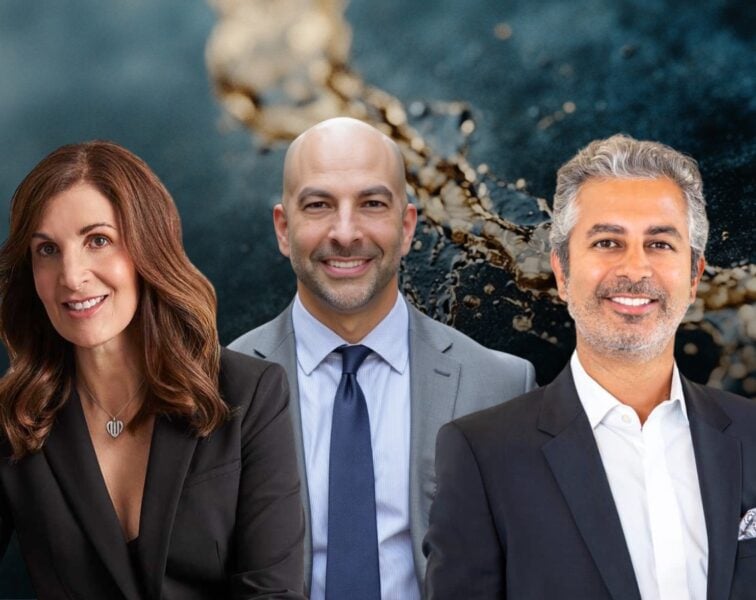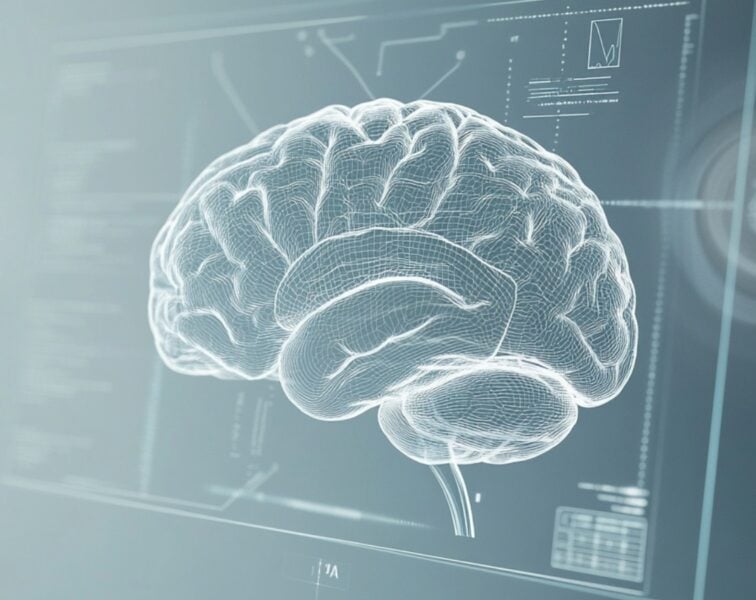Do Brain Implants Change Your Identity? (The New Yorker, April 26, 2021)
The future of medical technology will involve wearable devices. There are many different applications and possibilities: look no further than your smart watch, a continuous glucose monitor, your sleep tracking ring, or a more invasive application example—an intracranial implant aimed to predict oncoming epileptic seizures. The predictive power of intelligent designs are fundamental to their value, but there is another consideration for their use too: how an intelligent neural device can affect a person’s sense of self. Alongside technological developments intended for medical necessity and optimal living, these devices have psychological implications.
Perhaps one such example of the psychological impact of such devices is described in the narrative of a patient who took part in the 2013 NeuraVista trial of an intracranial implant aimed to predict oncoming epileptic seizures. The trial center in Melbourne Australia recruited 15 patients, 10 of whom completed the trial. The implant was only effective for 3 participants (meaning the predictive algorithm accurately and consistently alerted for seizures), and the young medical device company, NeuraVista, ran out of funding. However, this case study of intelligent technology illuminates a psychological paradigm: how does selfhood change with an implanted device?
One of the participants in the study said something that really stayed with me. She described a de-novo identity, a product of what the neural implant afforded her. When the implant alerted her of an impending seizure, she not only had enough time to take medication and evade the seizure but also experience herself sans seizure; the device was an intrinsic part of being able to experience herself in new and different ways.
The woman profiled in the trial has since gotten her neural device removed as a result of the sponsoring company going bust. Even though the removal was emotionally difficult, especially given the uncertainty about how her new identity would exist post-extraction, it turns out there was a positive upside: having the implant allowed her the ability to conscientiously note the warning signs of a seizure, which she had not been able to do prior. After the device was removed, even without the affirming alerts of an impending seizure, she could use her intuition to preempt a possible seizure and take her medication. So while the artificially intelligent implant once advised her about what was about to happen, she was then able to internalize aspects of the device, in its absence, and advise herself.
Certainly not everyone would experience or be affected by an intelligent neural device in the same way. But the possibility is reason enough to research the ethics of brain-computer interfaces. These devices have exciting possibilities for improved health and longevity but concurrently represent a new frontier in understanding the complex nature of artificial intelligence and human interactions. It seems necessary that there be continued attention paid to the implications of technological achievements alongside the emphasis on developing the groundbreaking feats themselves.
§
I Thought I Was Done With Iraq. Then a Fellow Marine’s Purple Heart Turned Up at Auction (WSJ, May 28, 2021)
Ben Kesling is a former Marine who became a journalist covering veterans and the Pentagon after he left the service. In this essay, Kesling shares how he was contacted by a former member of his training battalion to help recover the Purple Heart posthumously given to a mutual comrade, killed on deployment 14 years ago. Through his description of locating, retrieving, and ultimately returning a Purple Heart “home” to the family of his former platoon mate, Kesling highlights the intimate narratives of people and the narratives represented by the Purple Heart award.
The Purple Heart, given to those who have been wounded or killed while serving, is the oldest military award and perhaps the most recognizable distinction awarded to a member of the U.S. armed forces. The medal was first introduced as the “Badge of Military Merit” in 1782. You can read more about the story of the oldest military decoration here.
The essay notes that Purple Hearts from Iraq and Afghanistan are rarely in circulation. This is presumably because if the medal was posthumously awarded, family members of the person are likely still alive. In some circumstances, however, like in the story depicted in Kesling’s essay, the more recently-awarded Purple Hearts can be separated from the family. The auctioning of these medals is controversial, especially given that the sacrifice paid to receive the award cannot be monetized. Acquiring the medals is not trivial and holds deep significance for many (if not most) collectors: those who buy Purple Hearts often meticulously research the deceased and only intend to honor the medal’s namesake. Even so, it seems rightful that family members and succeeding generations of servicemen and women awarded the medal retain possession.
The story of the quest to return the Purple Heart “home” to the family of the man who died brings to light the meaningful life and personhood of one man and his namesake Purple Heart. But the individual narrative also serves as a vehicle to articulate the countless shared experiences of the nation’s War Veterans throughout history who also are represented in this story. Moreover, the essay elucidates the multilayered, somewhat ineffable significance of the Purple Heart from multiple perspectives—for the recipient, the recipient’s family and friends, and the community of memorabilia collectors who seek to acquire the medal.
Despite the controversial pursuit of the medal by collectors, I appreciate how Kesling wanted to better understand the mindset of the collector who pursues these special awards. His understanding allows him to thoughtfully analyze and articulate why the Purple Heart holds the significance that it does, for both people who knew the recipient and those that bear no relation to them. In one sense, the medal is the essence of someone’s legacy and the possession of it seems to bridge those alive with a lineage of souls in service and with the nation’s history, past, present, and future. Ultimately, the award is a symbol of interconnectivity.




